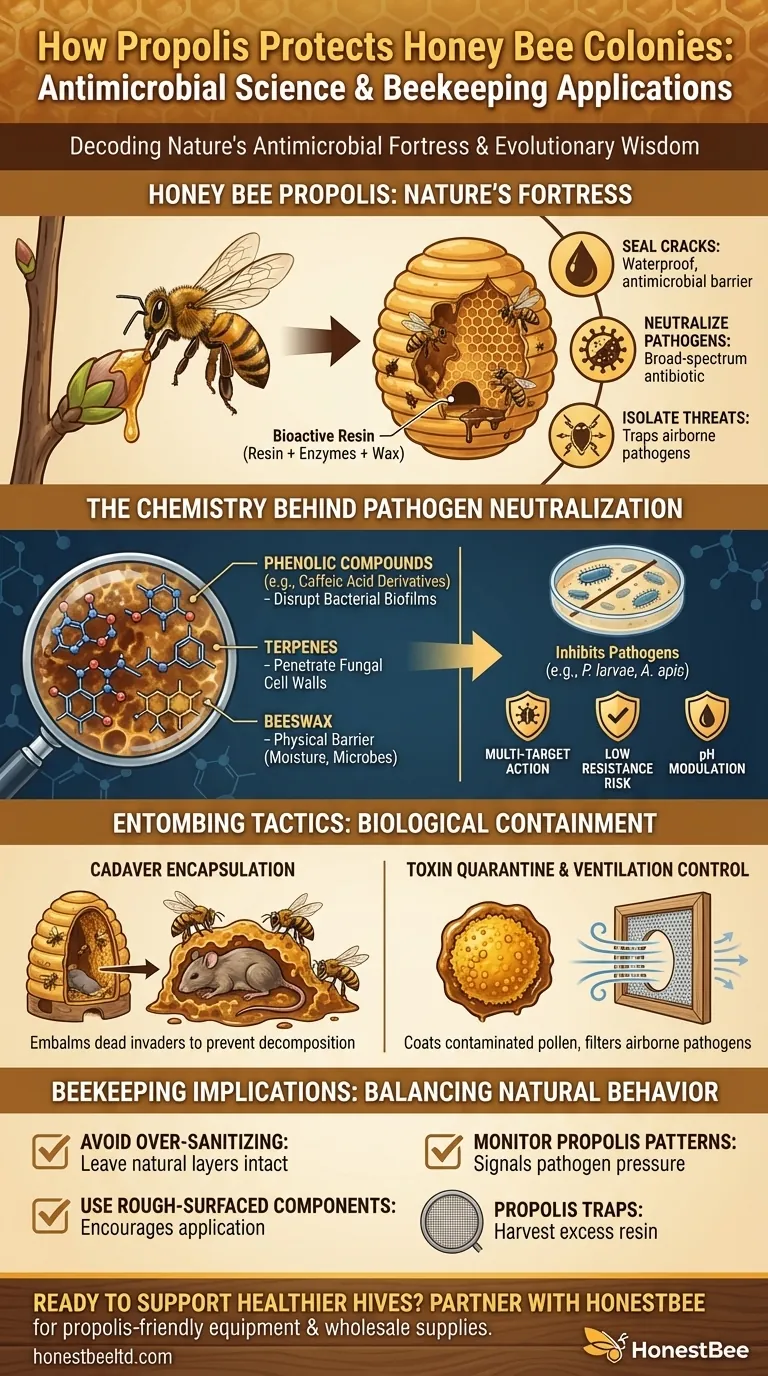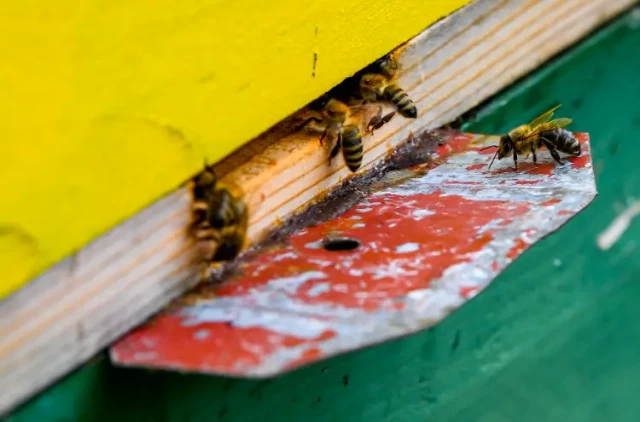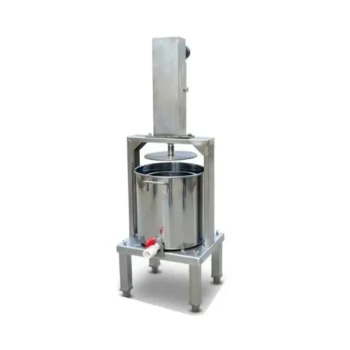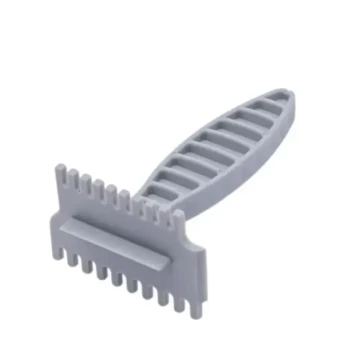Honey bees don’t just rely on honeycombs and venom for survival—their secret weapon is propolis, a bioactive resin with extraordinary pathogen-fighting properties. This article decodes how bees harness propolis as a natural antimicrobial shield and what beekeepers can learn from this evolutionary adaptation.
Honey Bee Propolis: Nature's Antimicrobial Fortress
Propolis isn’t just hive "glue"—it’s a dynamic defense system. Bees collect resin from trees, mix it with enzymes and wax, and deploy it to:
- Seal cracks with waterproof, antimicrobial barriers
- Neutralize pathogens like bacteria and fungi
- Isolate hive threats, from dead invaders to toxic pollen
Research shows propolis acts as a broad-spectrum antibiotic, reducing microbial growth by over 90% in some cases. Its sticky consistency traps airborne pathogens, while bioactive compounds like flavonoids disrupt cell membranes in harmful microorganisms.
Did you know? Bees adjust propolis production based on environmental threats, applying it selectively to high-risk areas like hive entrances.
The Chemistry Behind Propolis' Pathogen Neutralization
Propolis owes its antimicrobial power to a synergistic blend of:
- Phenolic compounds (e.g., caffeic acid derivatives) – disrupt bacterial biofilms
- Terpenes – penetrate fungal cell walls
- Beeswax – creates physical barriers against moisture and microbes
Studies note that propolis extracts inhibit common hive pathogens like Paenibacillus larvae (American foulbrood) and Ascosphaera apis (chalkbrood). Its effectiveness stems from:
- Multi-target action: Attacks pathogens through multiple biochemical pathways
- Low resistance risk: Unlike synthetic antibiotics, microbes struggle to adapt
- pH modulation: Maintains hive conditions unfavorable to pathogens
For beekeepers, this underscores the importance of preserving natural propolis deposits during hive inspections. Scraping it away removes a critical immune defense.
Entombing Tactics: From Dead Animals to Toxic Pollen
Bees use propolis as a biological containment system:
- Cadaver encapsulation: When small invaders (e.g., mice) die in hives, bees embalm them in propolis to prevent decomposition bacteria from spreading.
- Toxin quarantine: Propolis coats pollen contaminated with pesticides or heavy metals, reducing absorption into honey.
- Ventilation control: Propolis-lined hive openings filter airborne pathogens while regulating airflow.
This behavior reveals an evolutionary balancing act—bees invest energy in propolis only when threats outweigh collection costs.
Beekeeping Implications: Balancing Natural Behavior and Hive Management
Modern hive designs often prioritize human convenience over bee biology. To support propolis-based immunity:
✅ Avoid over-sanitizing hives – Leave natural propolis layers intact during maintenance
✅ Use rough-surfaced hive components – Encourages propolis application (smooth plastic inhibits it)
✅ Monitor propolis patterns – Heavy deposits near entrances may signal elevated pathogen pressure
Pro tip: Some commercial apiaries now use propolis traps (fine-mesh screens) to harvest excess resin without disrupting hive defenses.
Ready to Support Healthier Hives? Partner with HONESTBEE
For beekeepers and distributors, HONESTBEE’s propolis-friendly equipment and wholesale beekeeping supplies help maintain colony health the natural way. Explore our hive tools designed to work with bees’ instincts—not against them.
By understanding propolis, we tap into 50 million years of evolutionary wisdom—protecting pollinators through science, not just synthetics.
Visual Guide

Related Products
- Professional Wide Blade Honey Scraper for Beekeeping and Honey Processing
- Professional Long-Handled Silicone Honey Scraper for Beekeeping
- Electric Flatting and Embossing Machine with Tray for Beekeeping
- 10L Stainless Steel Electric Honey Press Machine
- Lightweight Durable Plastic Queen Excluder Scraper for Beekeeping
Related Articles
- Why Uncapped Honeycombs Demand Caution: Science-Based Beekeeping Practices
- The Bottleneck in the Honey House: Choosing an Uncapping Tool is a Workflow Decision, Not a Purchase
- How Beekeepers Can Maximize Honey Yield and Beeswax Quality from Cappings
- How to Harvest Honeycombs Efficiently Without Compromising Quality or Bee Health
- The Benefits of Beekeeping for Your Vegetable Garden




















